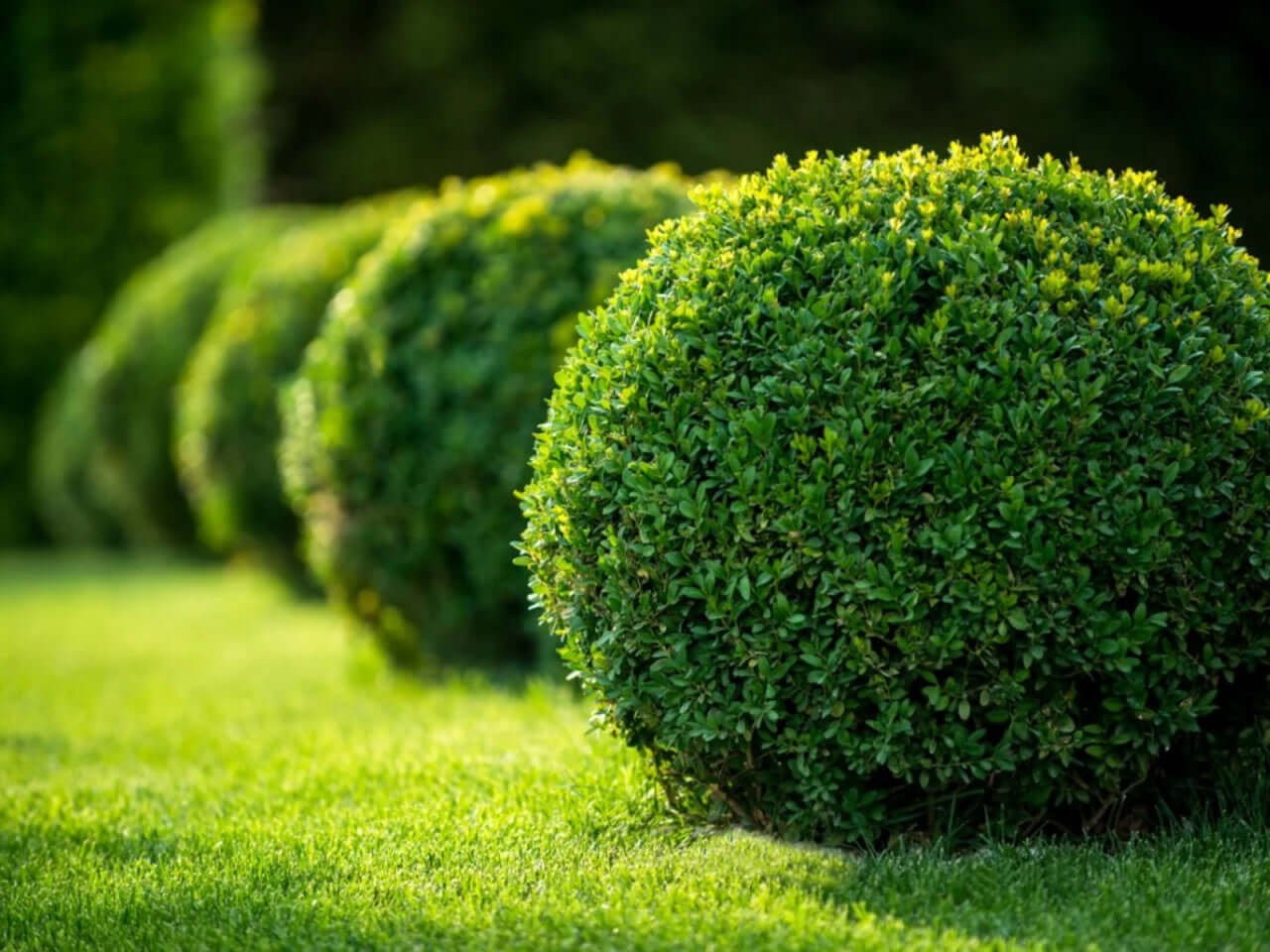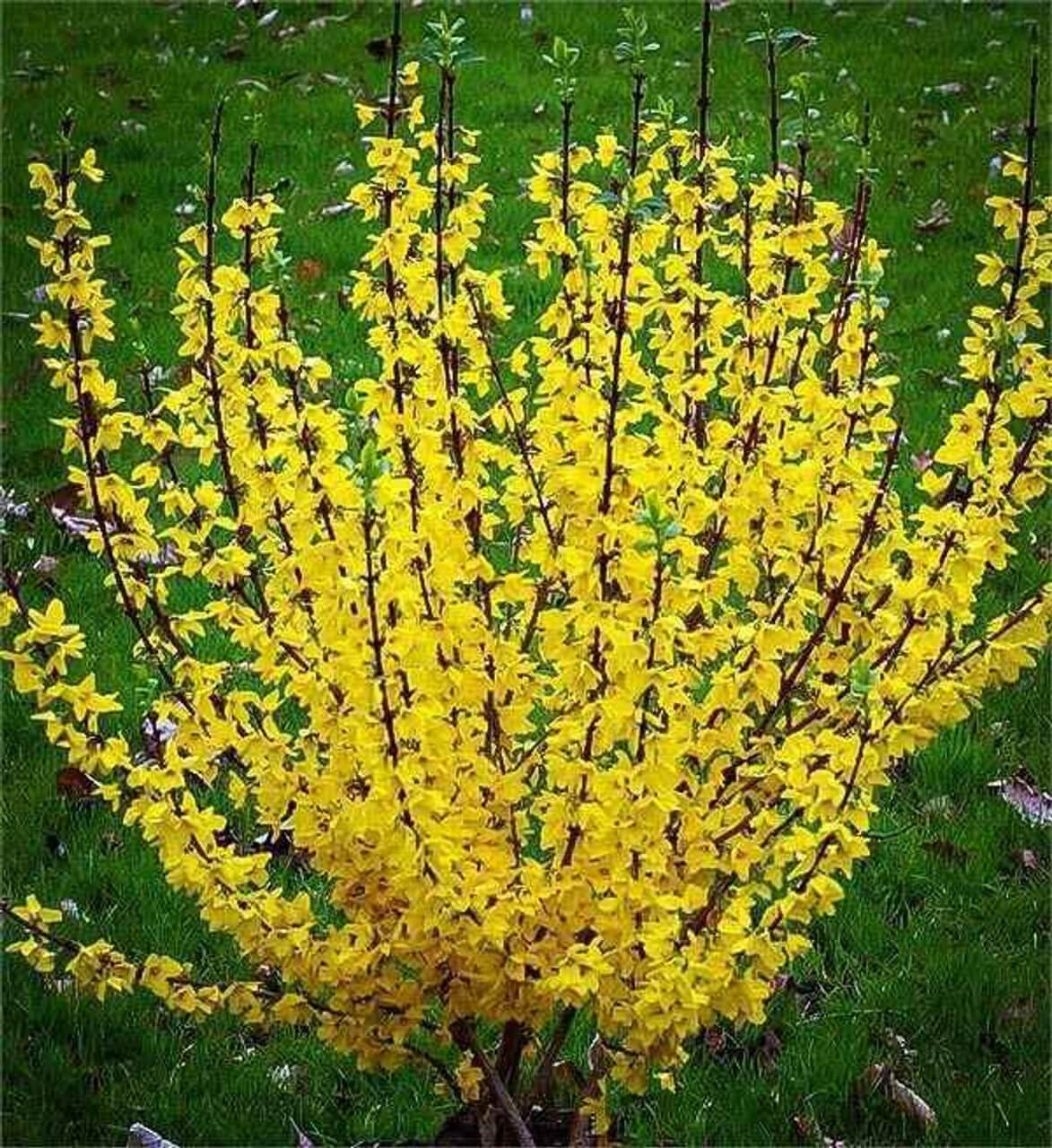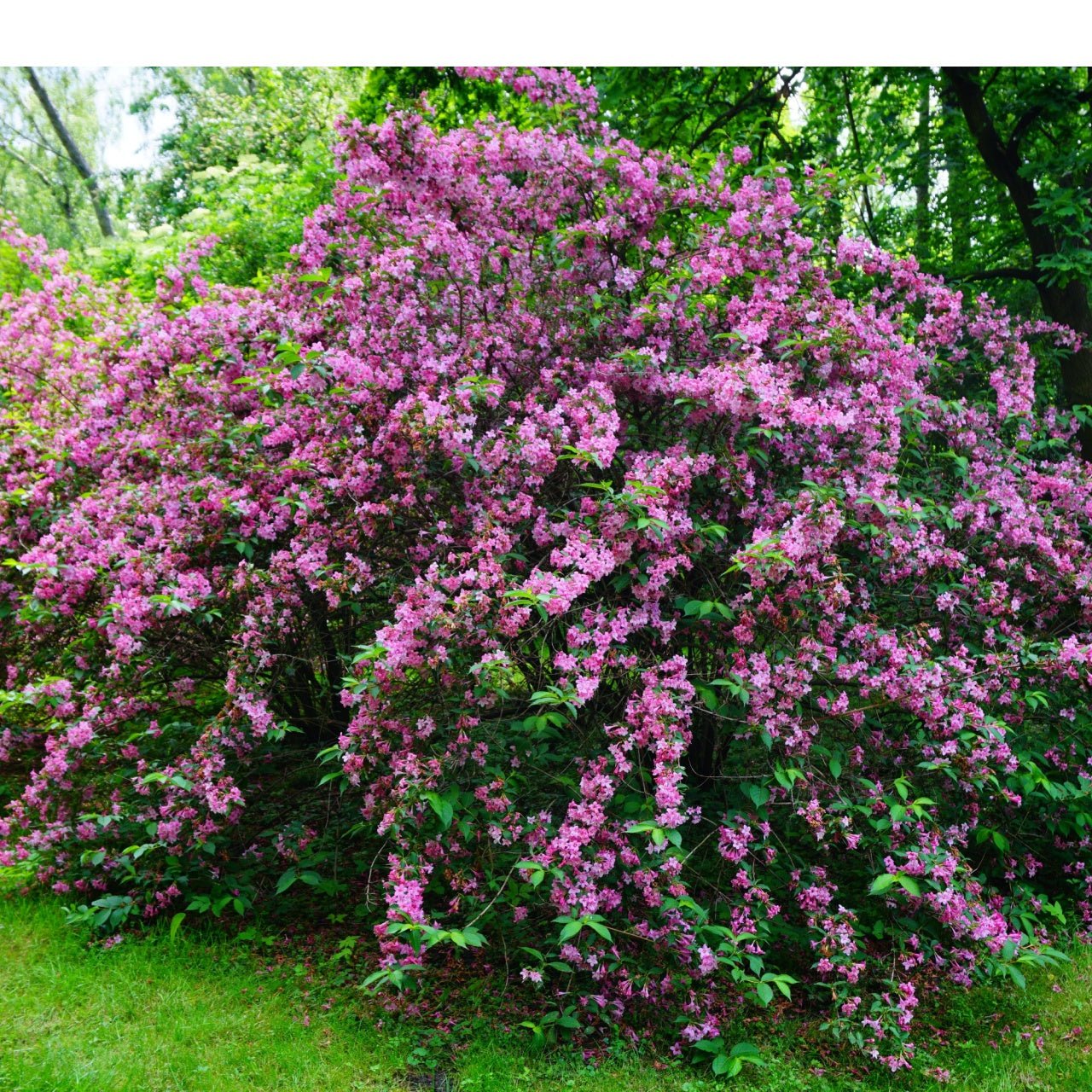The Top 10 Best-Selling Shrubs for a Lush and Vibrant Garden
A well-designed garden is a sanctuary of beauty and tranquility; one of the key elements contributing to its allure is shrubs. Shrubs offer many benefits, from adding structure and texture to providing privacy and attracting wildlife. This article will explore the ten best-selling shrubs that can transform your garden into a lush and vibrant paradise.
Lilac (Syringa spp.): Lilacs are cherished for their stunning clusters of fragrant flowers that fill the air with their sweet aroma. These shrubs come in various colors, including purple, white, and pink. With their distinctive heart-shaped leaves and charming blooms, lilacs are a favorite among gardeners.
Boxwood (Buxus spp.): Boxwoods are renowned for their versatility and timeless appeal. With their dense foliage and ability to be pruned into various shapes, they are often used for creating formal hedges, topiaries, and even as standalone specimens. Their evergreen leaves provide year-round interest, making them a staple in traditional and modern gardens.
Another Best Seller: Hydrangea Shrubs
Hydrangeas are beloved for their large, showy flower heads that come in a spectrum of colors, ranging from blue and pink to white and purple. These shrubs thrive in various conditions and can be utilized as focal points, mass plantings, or cut flowers. Their ability to change flower color based on soil pH adds an element of surprise to any garden.
Rose (Rosa spp.): Roses epitomize romance and beauty. With an extensive array of cultivars, you can choose from climbing, shrub, and miniature roses, each offering its unique charm. Roses are prized for their exquisite blossoms and alluring fragrance, making them a timeless addition to gardens of all sizes.
Forsythia (Forsythia spp.): Forsythias usher in spring with a burst of brilliant yellow flowers that cover the branches before the leaves emerge. Their vibrant display of color is a sight to behold after the dreary winter months. These fast-growing shrubs are perfect for creating striking borders and hedgerows, adding a splash of sunshine to any landscape.
Japanese Maple (Acer palmatum): While technically a tiny tree, Japanese maples are often utilized as shrubs due to their compact size and intricate, colorful foliage. With leaves that range from deep reds to delicate greens, they provide an artistic touch to any garden. Japanese maples thrive in partial shade and are well-suited for adding a touch of elegance to shaded corners.
Spirea (Spiraea spp.): Spireas are known for their graceful arching branches and clusters of cascading flowers. These hardy shrubs come in various sizes and colors, including white, pink, and red. They are frequently used in borders, mass plantings, and even as foundation plants, bringing a sense of charm and movement to the garden.
Azalea (Rhododendron spp.): Azaleas are celebrated for their dazzling spring blooms, ranging from soft pastels to vibrant hues. These acid-loving shrubs are perfect for adding bursts of color to shaded areas and woodland gardens. They can thrive for decades with proper care, becoming a cherished part of the landscape.
Butterfly Bush (Buddleja spp.): As the name suggests, butterfly bushes are a magnet for butterflies and other pollinators. Their long, fragrant flower spikes come in various colors, creating a delightful spectacle in the garden. Butterfly bushes often attract wildlife and add a touch of informality to landscapes.
Weigela (Weigela spp.): Weigelas are admired for their trumpet-shaped flowers that cover the branches in late spring and early summer. These versatile shrubs come in various sizes and colors, from deep reds to soft pinks. Weigelas are often employed as specimen plants, borders, or foundation plantings, bringing elegance and charm to the garden.
The beauty and diversity of shrubs make them essential to a well-designed garden
Whether you're seeking vibrant blooms, captivating foliage, or a combination, the top 10 best-selling shrubs discussed in this article offer many options to enhance your outdoor space. From the nostalgic appeal of lilacs to the enchanting allure of hydrangeas and roses, each of these shrubs has the potential to transform your garden into a lush and vibrant haven. By carefully selecting and incorporating these shrubs into your landscape, you can create an oasis that delights the senses and provides year-round beauty for years.
Shrubs, with their inherent beauty and diverse array of forms, colors, and textures, are an indispensable component of a well-designed garden. These versatile plants bring a sense of balance, structure, and allure to outdoor spaces, contributing to a harmonious and inviting environment that appeals to aesthetics and functionality.
One of the key advantages of using shrubs in garden design is their ability to provide a solid framework and structure to the landscape. Whether used as hedges to define boundaries, anchor points in planting beds, or focal points within the garden, shrubs offer a reliable and lasting presence. Their varying heights, growth habits, and foliage patterns allow for dynamic layering and visual interest, creating depth and dimension that can transform even the most straightforward spaces.
Moreover, the diversity of shrub species ensures many choices to suit any garden style, climate, or personal preference. From evergreens that maintain their charm year-round to deciduous varieties that undergo captivating seasonal changes, there is a shrub for every taste and need. In addition, their foliage can range from delicate and feathery to bold and architectural, providing a rich palette to play with when crafting intricate garden compositions.
Shrubs also play a crucial role in enhancing the overall biodiversity of a garden ecosystem. By offering shelter, nesting sites, and food sources for birds and insects, they contribute to a balanced and autonomous environment. Their root systems help prevent soil erosion, improving soil structure and water retention, ultimately benefiting the entire garden.
In conclusion, shrubs are garden design's unsung heroes, bringing aesthetic and ecological benefits to outdoor spaces. Their beauty, diversity, and versatility allow for endless creative possibilities, ensuring every garden can be a unique and captivating masterpiece. Whether providing structure, color, or habitat, these plants enrich our lives and remind us of nature's enchanting wonders in our backyards.
How to Maximize Beauty and Function in Your Garden
When shrubs are planted in their ideal positions, the garden benefits aesthetically and functionally. The permanent presence of shrubs in the landscape requires thoughtful placement because they continue to grow while annuals and small perennials do not. Your planting decisions must reflect visual objectives like color and texture and practical elements that include sunlight exposure, soil drainage capabilities, and maintenance needs. This detailed guide assists you in selecting optimal planting locations for shrubs in your garden.
1. Consider Sunlight and Shade
The growth and appearance of shrubs depend heavily on their exposure to sunlight. Before planting, take time to watch the sun's path across your property. Mark out spaces with full sun exposure for six hours or longer, partial sun between three and six hours, and spaces with complete shade for less than three hours.
Entire Sun Areas: Most flowering shrubs need at least six hours of direct sunlight exposure to achieve a plentiful flower display. Shrubs with colorful leaves benefit from full sunlight since direct exposure enhances leaf pigmentation.
Partial Shade Spots: Shrubs requiring balanced light exposure without harsh midday heat perform well in areas that receive sun in the morning and shade in the afternoon. Transitional spaces often appear alongside fences, under taller trees, or near houses, which block full-day sun exposure.
Shade-Dominant Zones: Areas cast in shadow by oversized trees or dense structures require shrubs that thrive in low-light environments. Shade-tolerant shrubs add greenery and depth to darker areas, preventing them from appearing empty.
2. Account for Soil Conditions and Drainage
The success of shrubs depends heavily on the soil quality they are planted. Various shrubs can grow in different soil conditions, but some need loam, whereas others can tolerate clay. Additional varieties require sandy soils with good aeration. Drainage is especially critical: Roots become stressed or die in waterlogged soils, but highly sandy soils require frequent irrigation.
Test for Drainage: Dig a small hole and fill it with water before planting to test soil drainage. Soil that drains water in less than sixty minutes has a fast drainage rate, while soil that retains water for several hours or more exhibits slow drainage capabilities. Choose shrub species that thrive under existing soil conditions or improve soil quality by mixing in organic matter.
Soil pH: Most shrubs thrive in neutral to slightly acidic soil, although certain shrubs require more acidic or alkaline conditions. A basic soil test will help identify needed improvements when you experience ongoing poor growth issues.
3. Strategize for Function and Design
Shrubs offer multiple functional benefits to gardens beyond their decorative appearance. Determining your planting priorities helps you select locations that enhance every shrub's full potential.
Foundation Plantings: Gardeners commonly position these shrubs around a house's exterior to blur architectural structures while enhancing entryway aesthetics and securing the building within its environment. When selecting shrubs, consider their mature height to prevent them from obstructing windows and maintain sufficient space between the plant and wall for growth and airflow.
Borders and Boundaries: Planting low- to medium-height shrubs along property lines creates an organic boundary without building a physical fence or wall. To make a denser screen, you should plant shrubs in staggered rows, gradually filling in and providing semi-private coverage.
Hedges and Screens: Shrubs planted continuously can create a living wall to provide additional privacy or wind protection in certain areas. The method proves advantageous when positioned beside heavily trafficked streets and neighboring properties. Proper spacing according to mature width ensures dense overlapping of canopy forms.
Focal Points: To create visual emphasis, place a standout shrub with interesting foliage, bark, or blooms at eye-catching locations near your porch or along garden paths. Specimen plantings generate visual impact while directing visitors toward specific points of interest.
Erosion Control: Areas with slopes or embankments that face runoff or soil instability need shrubs with robust root systems. These shrubs' root systems stabilize the soil to stop erosion, while their leaves transform rugged terrain into beautiful landscapes.
4. Plan for Growth and Maintenance
Even your best locations can lead to problems without factoring in a shrub's future size. When shrubs become overcrowded, they face stress and disease, resulting in unattractive plant appearances.
Allow Adequate Spacing: A frequent planting error involves spacing plants too tightly to achieve a quick "whole look. Shrubs require enough space as they gradually grow and expand. Determine the mature spread dimensions for each shrub type and position them at appropriate distances.
Avoid Overlapping Structures: Plant species with aggressive root systems and sprawling shrubs away from patios, decks, and walkways to prevent intrusion into pedestrian areas. Adopting this method helps avoid common future problems like damaged pavement and obstructed walkways.
Ongoing Care: Regular pruning helps shrubs stay healthy by removing dead or diseased wood and preserving their natural shape. Ensure newly planted shrubs receive regular watering until their roots reach a deep level, and use mulch to maintain moisture while minimizing weed growth.
5. Acknowledge Microclimates
Each section of a yard can experience microclimates and localized environmental differences that influence plant development. An area adjacent to a brick wall maintains warmth during cold weather because it releases heat absorbed during the day. Ground-level shaded spots maintain cooler air and store extra moisture. The appropriate selection of shrubs according to their microclimates allows gardeners to achieve optimal plant growth without excessive maintenance.
6. Think Seasonally
It is necessary to check how your chosen shrubs will appear in their spots through every seasonal change during the year. Certain shrubs stand out during springtime through their blossoms or fall through colorful leaves, while others maintain winter interest through their textured bark or persistent berries. Strategically planting them near windows or along pathways enables you to witness their peak seasonal features more effectively.
Read more

A beautiful garden results from more than flower planting, which involves creating a space that combines aesthetics with practicality and balance. Use these ten tips to convert any garden space int...

If you have ever viewed the breathtaking landscapes showcased on makeover programs and in landscape-design magazines, ardently wishing you could recreate these great settings in your landscape, you...





